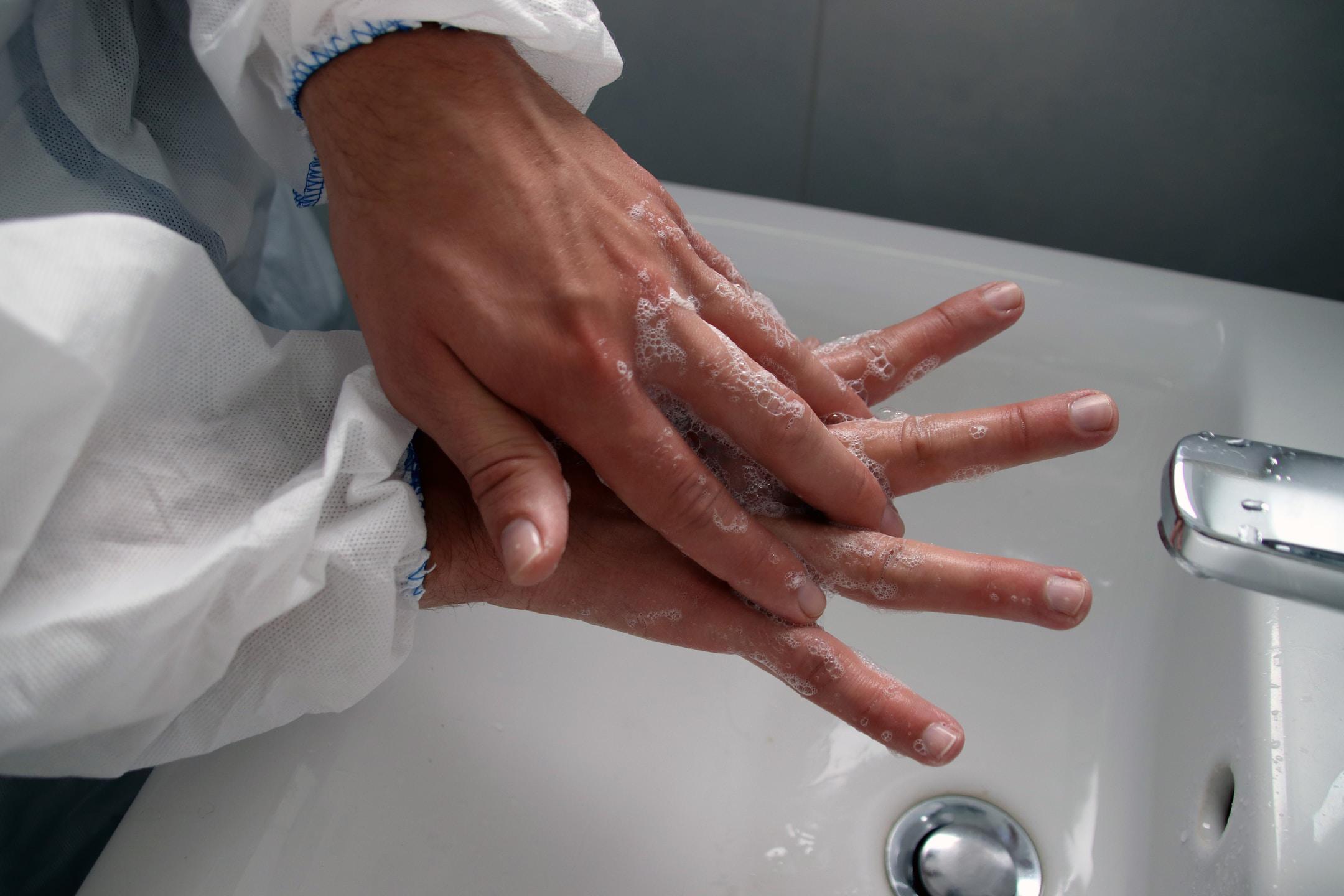
The Canadian Dental Hygienists Association was formed in 1963 as an effort to protect public health with a set of standardized practices that help reduce the spread of infection. Dental practices and postsecondary institutions across Canada are now required to adhere to this comprehensive list of guidelines detailed by the CDHA.
Since the creation of these guidelines, public health in Canada has improved in myriad ways. At RDHU, our team is committed to advising dental hygienists on how to follow CDHA infection control practice guidelines appropriately.
Continue reading to learn how the Canadian public has benefitted in the past several decades as a result of the CDHA’s efforts.
During appointments, dental hygienists are required to wear multiple forms of protective equipment including gowns, surgical masks, gloves, and eyewear. Additionally, Patients must be provided with eyewear and a dental bib during both regular cleanings and more invasive procedures such as a wisdom tooth removal surgery. These requirements have drastically reduced the spread of bacteria in the treatment room, protecting the health of both patients and dental hygienists.
Effective health and safety protocols start with the education of relevant personnel. The CDHA’s infection control efforts include exams on the subject for those who are completing their postsecondary education with the intention of practicing as dental hygienists. Patients can rest assured, knowing that every dental hygienist entering the field is well-versed in infection control, and understands the precautions that should be taken to protect public health in their place of work. Expanding the breadth of knowledge among healthcare workers ensures that no step is overlooked while preparing a treatment room or servicing patients.
One of the biggest concerns in maintaining a sanitary dental practice is making sure that all equipment is sterilized properly. Otherwise, bacteria from saliva or blood may be passed between patients, potentially causing serious health complications. The CDHA infection control practice guidelines focus largely on sterilization practices within dental clinics. Steam autoclaves have become the gold standard for sterilization, and are now used in dental facilities across Canada. Dental hygienists must place used dental instruments into a chamber, which then kills all bacteria by raising the temperature to approximately 130°C. Healthcare workers are then required to test the equipment using a series of chemical indicators that reveal whether or not there is any remaining bacteria.
As a part of the CDHA’s infection control guidelines, dental clinics are required to screen patients for symptoms before allowing entry into their facility. This has become especially important in the age of COVID-19, where we have seen how rapidly viruses can spread if the right precautions are not taken. To ensure the safety of fellow patients, as well as healthcare workers, patients are required to answer a series of questions regarding their current health status. This practice has effectively reduced the spread of common ailments such as a cold or flu.
A major element of public health is having access to the right tools to protect oneself in a clinical setting. As part of the CDHA infection control practice guidelines, dental clinics must provide basic sanitary supplies such as a hand wash station and hand sanitizer. This has provided an extra layer of protection by encouraging patients to tend to their personal hygiene before, during, and after appointments.
The past few decades have proven that one of the best ways to stop the spread of infection in dental clinics is to ensure all dental hygienists adhere to the aforementioned guidelines. Contact RDHU today to find out how we can help improve public health together.